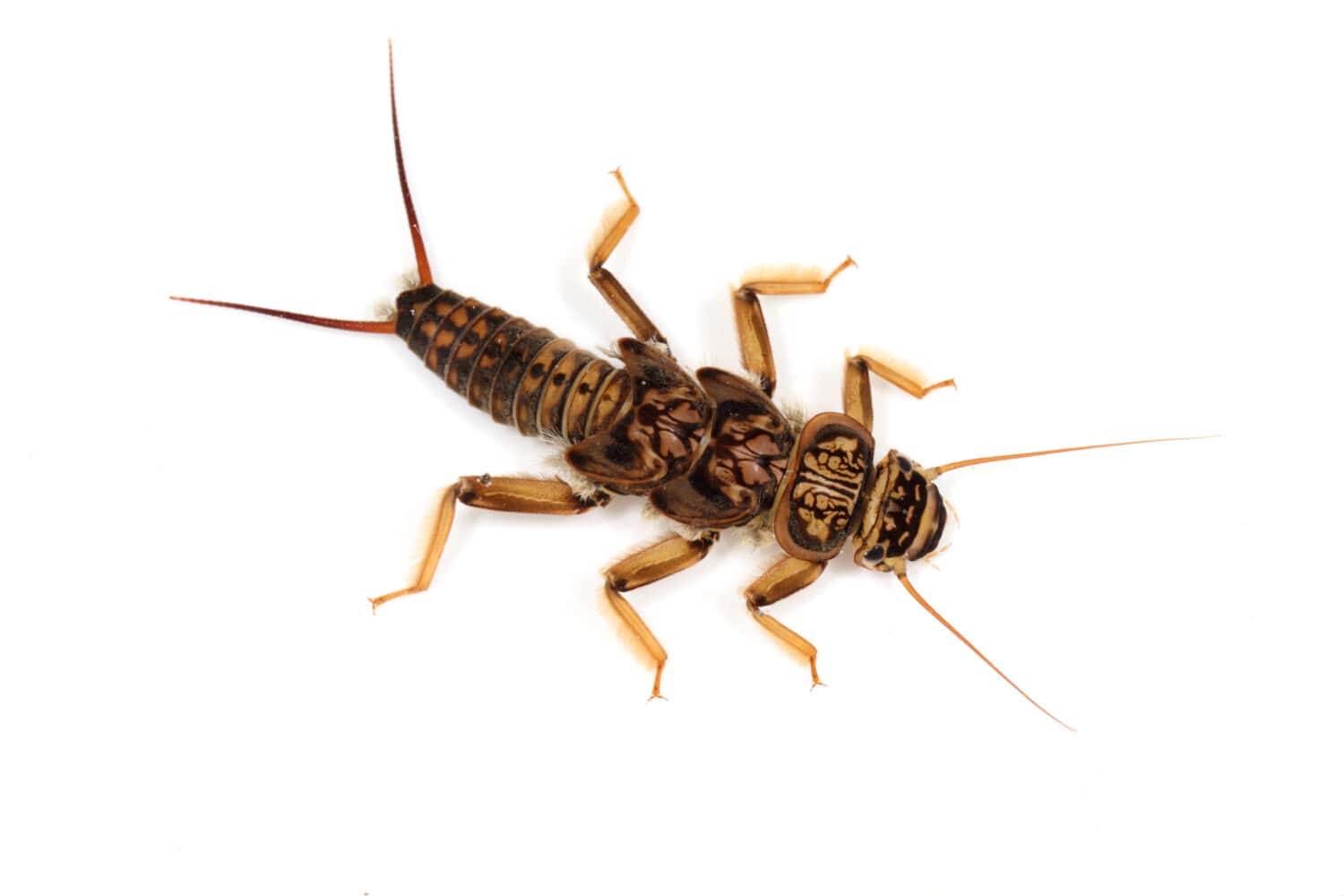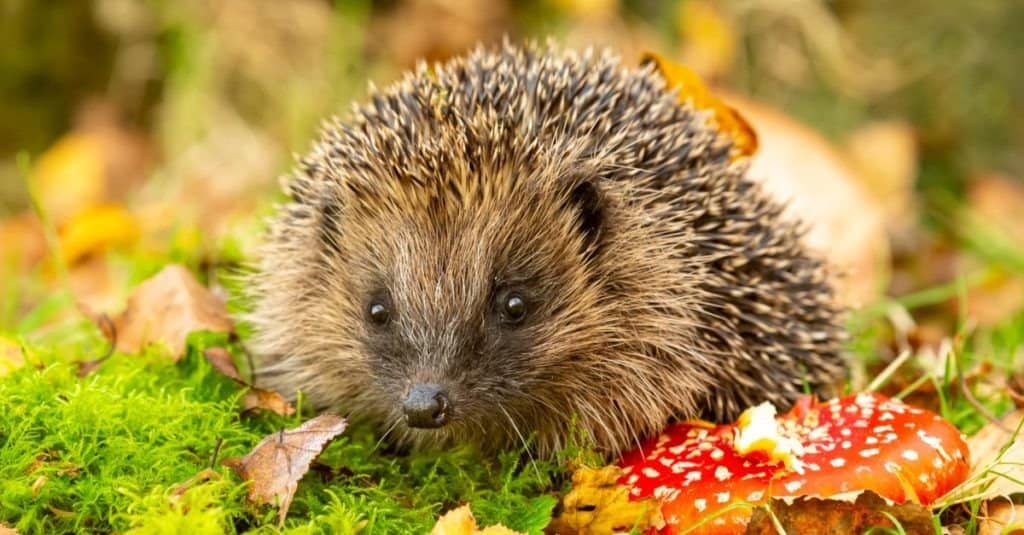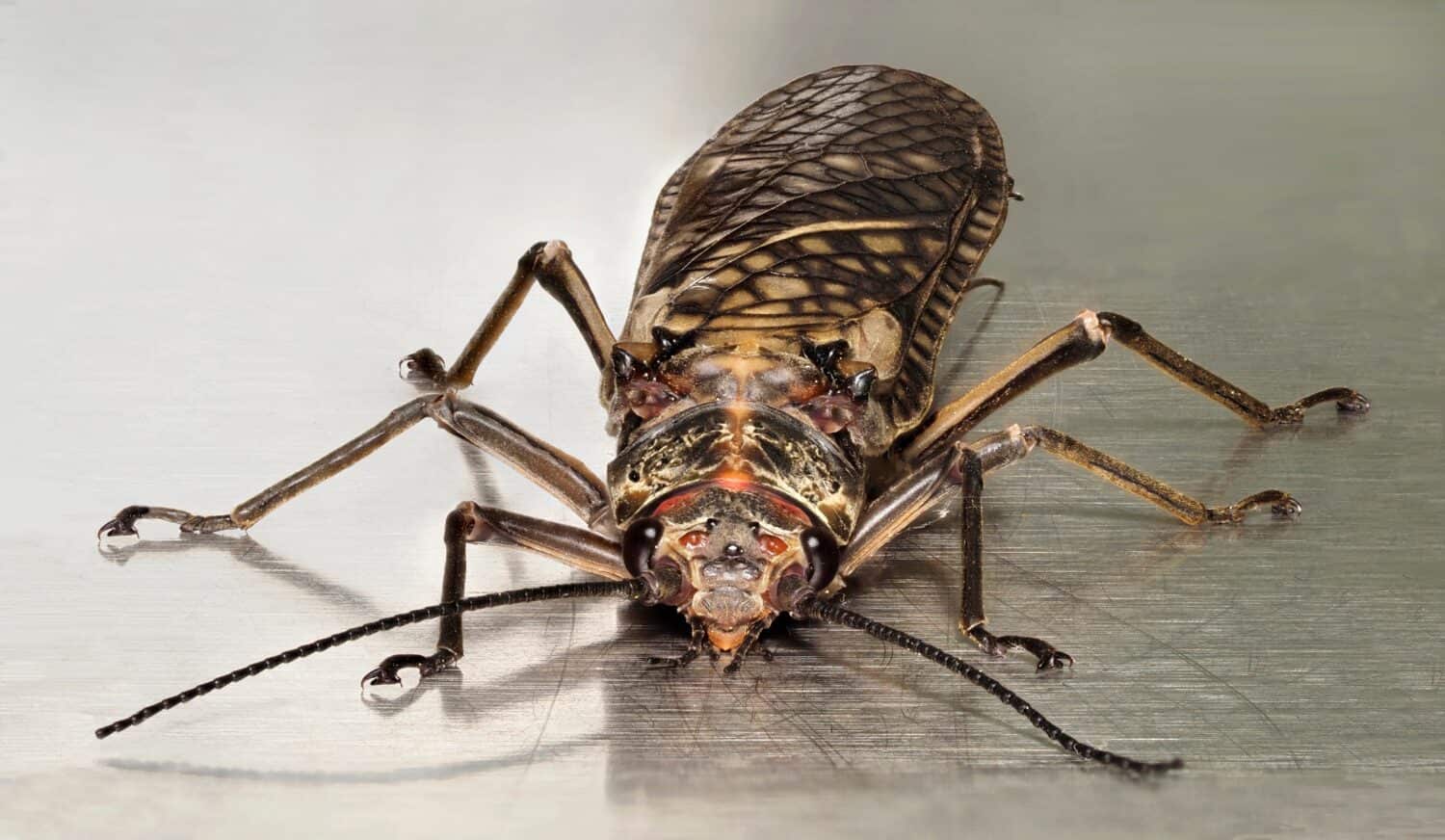It may not make the latest episode of “Ghost Hunters,” but the news that the Scarce Yellow Sally Stonefly is back from the dead is a lot more exciting for British conservationists than chasing apparitions around dark, abandoned buildings. Last seen in 1995, the species was thought to be extinct.

Conservationists at U.K.’s Chester Zoo have rescued the Scarce Yellow Sally Stonefly from extinction.
©23frogger/Shutterstock.com
But when two small populations showed up in the River Dee in North Wales, United Kingdom, conservationists worked with the Chester Zoo to save the insect.
The scientists transferred thirty of the insects to a special facility at the zoo, where they carefully bred and monitored the species through its lifecycle.
With painstaking detail, the specialists mimicked every facet of the insects’ natural habitat to facilitate growth and thriving. This included regulating the lighting and water temperature where the insects were bred.
Watch as scientists work to save the stonefly.
First discovered in the River Dee in 1959, the Scarce Yellow Sally Stonefly requires highly oxygenated, clean water in order to thrive. Scientists hope to release this new population into the waters of the British Isles, but not until the habitat has been cleaned up and protection is assured. Polluted water and variations due to climate change all adversely affect the insect’s future.
The Scarce Yellow Sally Stonefly is a critically endangered species and its only known location in the United Kingdom is the River Dee.
What Are the U.K.’s Most Endangered Animals?
Resurrecting the Scarce Yellow Sally Stonefly is quite an accomplishment for British conservationists. Until the species is thriving independently, it will remain on the list of critically endangered species.
Several other animals are becoming more scarce throughout Britain, too. Scientists are watching these species closely:
- Cicada — There’s not been a recording sighted of these high-pitched squeaking insects for about 20 years. They are hard to track, so some scientists believe they may already be extinct.
- Turtle Dove — This beautiful bird has declined by 97% since 1970 in the U.K.
- Lesser Spotted Woodpecker — Since 1980, more than 90% of these small birds have disappeared; 600 pairs may remain in all of the U.K.
- Wart-Biter Cricket — Only known to live in four locations in the U.K., this insect gets its odd name from an old tradition: being used to bite warts off of skin.
- Smooth Snake — Non-venomous, this snake is one of only three native species in the U.K. and is in decline.
- Bearded False Darkling Beetle — Found in only five areas of Britain, this critter is close to being endangered.
- Natterjack Toad — Located in just a few places in the U.K., this amphibian is all but gone from Britain.
- Hedgehog — Since 1950, this animal has been in sharp decline due to disruption to its habitat.
- Red Squirrel — For about 100 years, the red squirrel has been in decline with a current population of approximately 140,000.
- Small Tortoiseshell Butterfly — This gorgeous winged creature has dropped in population by 77% within the previous 10 years.
- Hen Harrier — Because it preys on gamebirds, the hen harrier has been targeted by those managing sport shooting at estates.

In addition to the Scarce Yellow Sally Stonefly, the hedgehog is one of the U.K.’s most endangered species.
©Coatesy/Shutterstock.com
Thank you for reading! Have some feedback for us? Contact the AZ Animals editorial team.








